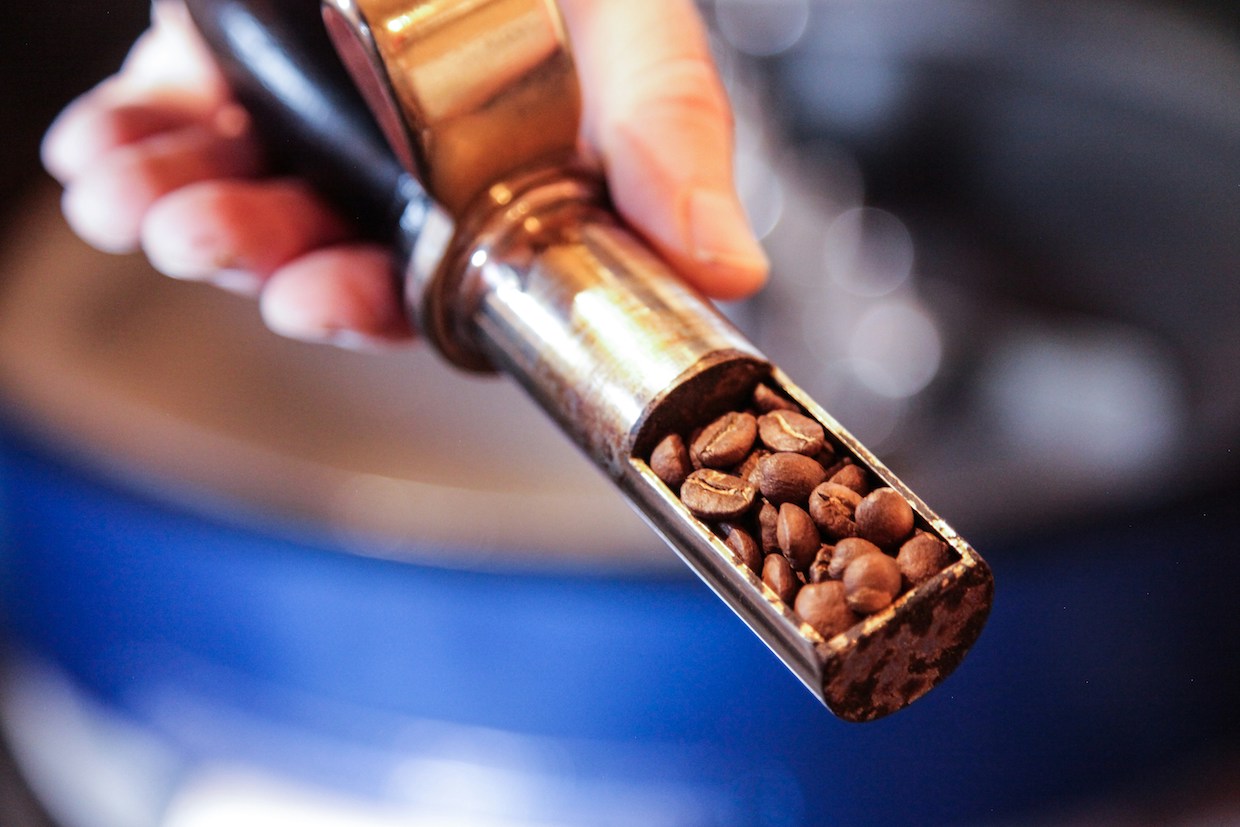University of California Davis Coffee Center researchers recently illuminated a path for professional coffee roasters to control sourness and total acidity.
The research may ultimately help roasters unlock desirable sour or otherwise acidic flavors, or conversely to prevent undesirable sourness, by manipulating the roast profile of a given coffee.
Published last month in the peer-reviewed, Springer Group-owned journal Nature – Scientific Reports, the study measured total titratable acidity (TA), an acidity measurement closely associated with sour taste.
In collaboration with study co-author Timothy Styczynski of Yuba City, California-based Bridge Coffee Co., the study also sought to mimic real-life commercial coffee roasting and cupping conditions, using a 5-kilo natural-gas Probat drum roaster. Laudia Anokye-Bempah of UC Davis was also a lead figure in designing and authoring the study.
“Most prior work has focused on laboratory-scale roasters with little control over the roast profile,” the study authors wrote, “so the relationship between roast profile in a commercial-scale roaster and the corresponding development of TA to date remains unclear.”
The researchers collected three different green coffees reflecting different post-harvest processes and countries of origin. Each coffee was roasted for 16 minutes in 4-kilo batch sizes, with different roast profiles for heat application and airflow. Titratable acidity was measured throughout the roasts.

The TA of African washed coffee samples acquired with different roast profiles: fast start (FS), slow start (SS), medium (MD), production (PR), exaggerated flick (EF), negative rate of rise (NRoR), and extended Maillard (EM). The colored points in each subfigure represent the mean of three sample replicates and the error bars represent one standard deviation from the mean. Time points within a given roast profile that share the same lowercase letter(s) are not significantly different (p > 0.05). This image is shared under a Creative Commons Attribution 4.0 International License. See the original here.
What they found is that peak TA levels always occurred during the first Maillard Reaction phase (a.k.a. “first crack”). This held true regardless of the roast profile or coffee origin.
Similarly, the group found that TA decreased to its initial value by second crack among all profiles and origins.
However, the roast profile was proven to have a strong effect on the development of TA during the roast. For example, roasts in which first crack occurred sooner (such as the “fast start” profile in which first crack landed at about 8 minutes), saw quicker development of TA than roasts in which first crack occurred later.
In short, the dynamics of TA development were closely associated with roast profile, but peak TA occurred at the same roasting milestone regardless of profile or green coffee type.
“Our results expand the limited existing academic literature on the behavior of TA during commercial-scale roasting and provide detailed data that provides insight on how roast profiles can be manipulated to achieve desired sourness in coffee,” the authors wrote.
The study emphasized that total TA was the primary chemical measurement, and that it remains unclear how individual acids might be affected by different roast profiles. Additionally, the research team suggested that future work should examine correlations between the color of roasted coffee — a measurement easily gathered by most working roasters — with TA and resulting sensory qualities.
Find the full paper here.
Comments? Questions? News to share? Contact DCN’s editors here.







Comment